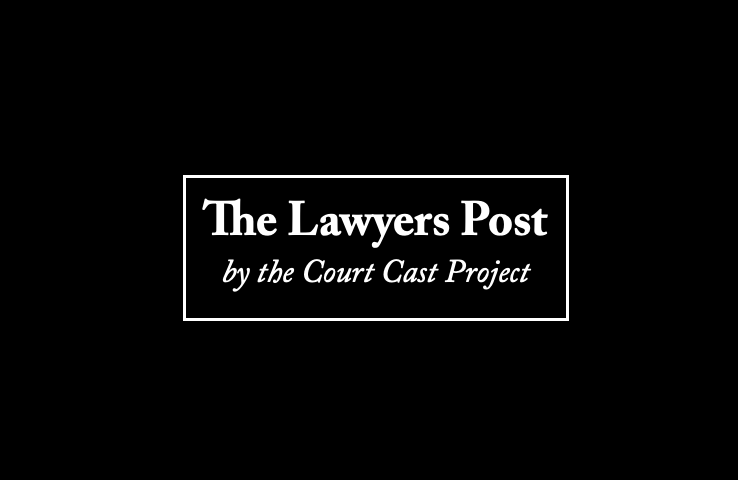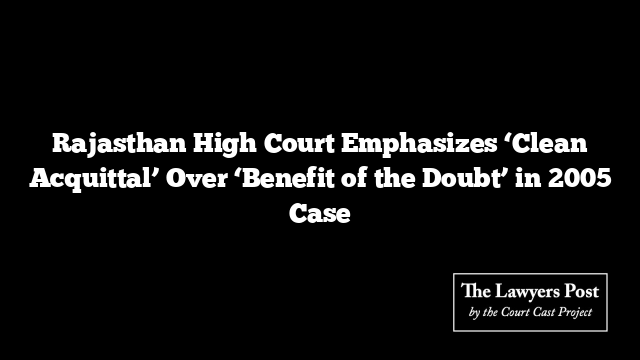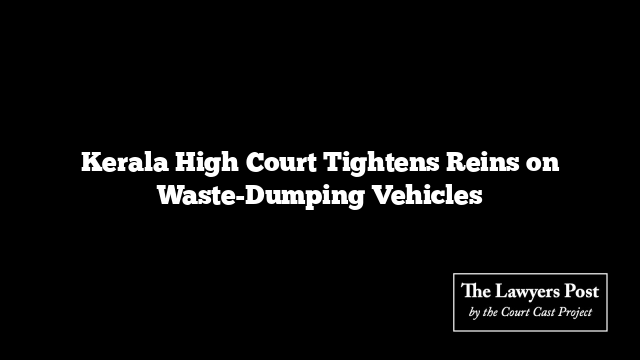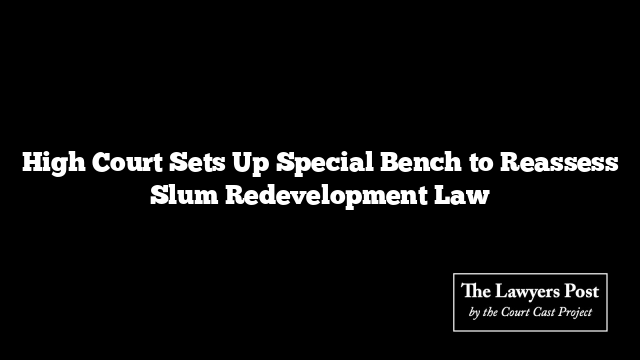In a pivotal ruling, the Rajasthan High Court has clarified that a complete absence of evidence should lead to a “clean acquittal” rather than a mere “benefit of the doubt.” The decision stems from a 2005 case where the accused, Ghanshyam, was acquitted in March 2006.
Justice Arun Monga, who revisited the case, emphasized that when prosecution evidence is entirely missing, the acquittal must be viewed as an unequivocal exoneration. In this case, Ghanshyam challenged the trial court’s earlier decision, which he felt improperly categorized his acquittal as based on the “benefit of the doubt,” despite the lack of substantive evidence.
The Court underlined that the “benefit of the doubt” principle is applicable only when there’s some evidence, albeit insufficient, to establish guilt. When evidence is entirely absent, an acquittal should reflect this total failure to meet the burden of proof.
Justice Monga noted that mislabeling an acquittal can harm the accused’s reputation by implying some merit to the charges. Consequently, the Court has now mandated that Ghanshyam’s acquittal be officially recorded as a “clean acquittal,” acknowledging the complete absence of prosecutorial evidence.
The ruling marks a significant shift in how acquittals are categorized, ensuring that the absence of evidence is properly recognized and that the accused’s standing remains intact.





